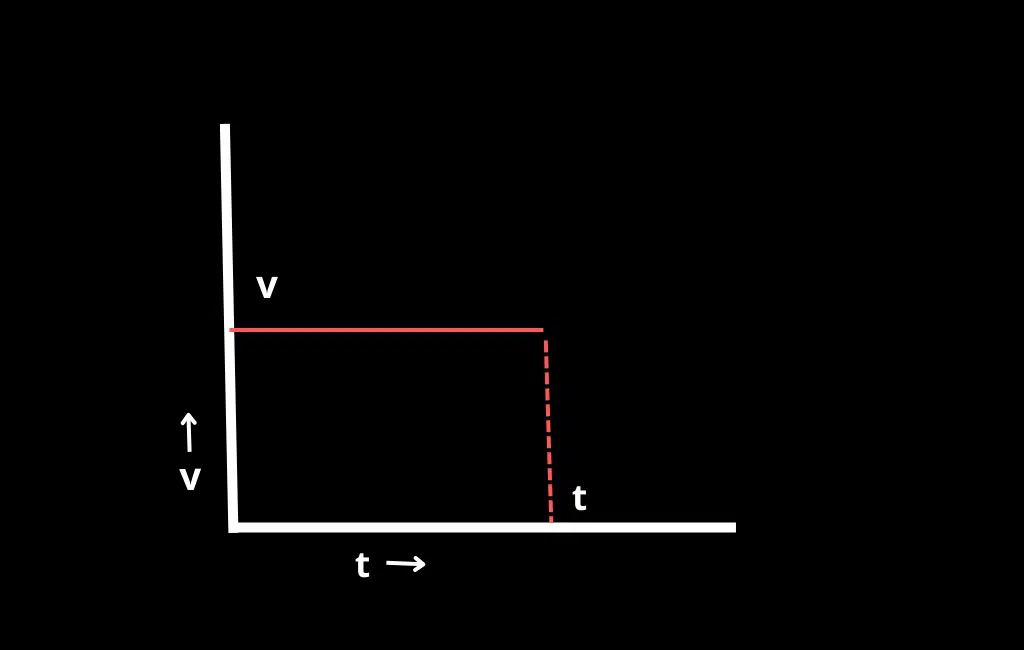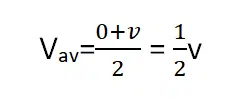Velocity-Time Graph-Determination of Distance by Velocity-Time Graph
It is often helpful to show the motion of the object by drawing a graph. Velocity-time graphs are used to study the variation of the velocity of an object with time.
The velocity-time graphs of an object, traveling on three different journeys
Along a straight road, are:
a) Constant Velocity
b) Constant Acceleration
c) Variable Acceleration
Download the pdf notes of Velocity-Time Graph class 11 Physics
Constant Velocity Graph
When the velocity of the body is constant then its velocity-time graph is a horizontal straight line.

The acceleration of the body is zero.

Constant Acceleration Graph
If equal velocity changes occur in equal intervals of time then the velocity-time graph is a straight line that raises the same height for equal intervals of time. The car moves with constant acceleration.

Variable Acceleration Graph
If the velocity of the body changes unequally in equal intervals of time. Then the acceleration of the body will not be uniform. The body moves along any arbitrary curved path (graph). Point A on the graph corresponds to the time t.

The slope of the tangent at point A on the velocity-time graph is equal to the instantaneous acceleration.
Determination of Distance by velocity-time graph
The distance moved by an object can also be determined by using a velocity-time graph.
The area between the velocity-time graph and the time axis is numerically equal to the distance covered by the object.
Constant Velocity
Consider if the body moves with constant velocity for time t then the distance covered by the body will be
S=vt
The same can be calculated from the graph directly by calculating the area under the curve.
In this case, the area under the velocity-time graph is rectangular. So the area under the curve is equal to the area of the rectangle.
Distance covered =Area under the curve=length x breadth
Distance moved = S = vt
Constant Acceleration
The graph is a straight line and the area under the graph is triangular so
Distance moved =S= Area of a triangle
S=1/2xbasex height
S=1/2xvxt
An Alternative method to finding Distance
The same can be obtained, as the velocity of the body starts from 0 to v in time t then the average velocity will be.

Distance covered = Average velocity x time
S=1/2xvxt
Frequently Asked Questions(FAQs)
How can we find the distance by the velocity-time graph?
We can find the distance by this formula.
Distance covered =Area under the curve=length x breadth
What is the slope of velocity?
The important principle is that the slope of the line on a velocity-time graph is the same as the acceleration of the object. In order to determine the numerical value of the acceleration, this principle can be used for all velocity-time.
What is the area of the velocity-time graph?
The displacement is represented by the area bound by the line and axes in a time graph. The shaded regions between the line and the time-axis represent the displacement during the stated time interval.







Leave a Reply